The phrase “living legend” is used pretty liberally these days in the art world. But there is no debate as to the legendary status of the one and only Ron English. Ron’s work has already reached the level of iconic over a decade ago, and has been a major influence on every single street artist for at least the past 20 years. For some reason I will never understand (but I’m not going to argue) Ron was kind enough to invite me into his home & studio to chat about art, music, his early years, and a very busy second half of 2015.
When did you start as an artist? Has it been your entire life? Did your parents give you crayons when you were in your crib?
I think a person can look back on his life and see a thread leading from childhood obsessions to their eventual manifestation as an adult career. Of course one can find other threads that seemingly lead nowhere; at one moment in my childhood I wanted to be a clown. As it turned out I am an artist, so that other thread would be dismissed from the narrative because it didn’t manifest itself as a career. A better narrative is “I always knew what I wanted to do,” which is probably never completely true. That being said, I have always loved making art. I also paint a lot of clowns, so no thread is lost from the weave.
A good narrative has foreshadowing. A good narrative has a point of inception for the grand theme. I do remember the moment I got into art. I was about 4 years old, in my backyard with my friend Charlie, who managed to get some firecrackers from his older brother. We were using them to blow up our little models when my Mom came running out screaming her head off, giving me enough trauma to create a memory. She put me in a room, with only a clock to stare at and said I had to stay there for an hour. Staring at the clock held my interest for the first five minutes. Then I looked around the room for something to occupy myself with. I discovered my never used crayons and a stack of mimeograph paper my dad had brought home from his job. I began drawing at that moment and have been addicted ever since. I still like to blow things up too.
Ha! That reminds me of the time my sister decided she wanted to be an artist. I had access to the art building at college and I invited her to come with me and I would teach her how to paint, and the first thing she says is, “this is really boring!” I had to explain that boredom was part of the deal, you need to concentrate for long periods of time. So she says “wouldn’t it be great if musicians came and played for us and poets could read poetry while we paint?” and I was like “I don’t think a lot of musicians are going to be willing to come down to the art building and play for like 5 hours while we paint…” Well, my sister happened to be an insanely cute girl and it turned out that many young men were more than willing to come on down and play for her. She found a way to solve the problem of art-making being boring. Daniel Johnston was one of the musicians who used to come down. He would just sit there all night and play songs while we painted.
So I know that you took the traditional route and studied art at University. When did your art move to the social activism stuff? How did you get to doing the huge billboards? Or was it always just about blowing shit up ; )
When I moved to Texas I noticed there were lots of billboards. I also noticed they had ladders going down to 15 feet above the ground. So if a guy had a 15 foot ladder he could access all the billboards in Texas. I was naive back then and didn’t really understand it was a second degree felony to repaint billboards, until I’d done a couple hundred billboards around Texas and I was finally caught and charged with a second degree felony. In the court system, if you have a second degree felony charge, you can only plea bargain down to a third degree felony, which is still a year in prison. Three felonies and you’re a three time loser with automatic life in prison. After I got arrested I went to a few lawyers, hoping one would tell me something more optimistic than “you’re doing a year in Huntsville.” But when you’re young you have a lot of energy and you want to paint huge things that everyone can see, and you don’t think much about consequences. At least I didn’t. But now it’s different. I mean it’s still a second degree felony in Texas, but now this sort of art is really in favor. People give me billboards.
The first person I saw who I consider to be a transitional person was Kaws. He came to me while he was in college and said, “I write Kaws”… and I was like “why don’t you just write your own name if you want to be famous? Or better yet why not paint your art on the street?” He looked at me like I didn’t get it. He said, “I’m famous in all these graffiti magazines”, and I didn’t even know graffiti magazines existed. It had been such an outlaw thing when I was younger. Now there were magazines about it? It was almost like graffiti had become a rite of passage. Kaws had this plan, he said “I’m going to be a graffiti artist for two years so I can build street cred and then go into fine art”. Graffiti was like his grad school. It was fascinating to me because there was never a kid before him I met who said something like this. Guys like Lee Quiñones never said “I’m going to paint subway cars illegally, and this is going to be my gateway to the high art world.” That road had not been paved yet.
So a lot of people including myself consider you to be one of the godfathers of public/billboard art. What are one or a couple of pieces you did that really stick out to you?
I remember one in particular, I was riding my bike in Austin where I was attending graduate school, and I was a little stoned. I spotted a double billboard, the top one featured the Camel Man. This was the first time I decided to play with the Camel thing. The top billboard read “Camel, where a man belongs” and the one beneath it had something else, I don’t remember. So I decided to paint a clown in the same pose as the Camel Man and write “Circus, where a clown belongs” in the same font for the second billboard. I went behind the billboard and took a photo of all the buildings it was blocking and then went back to the art building where I stayed up all night painting the clown and caption with the buildings in the background on large seamless paper, which I pasted over the second billboard the next morning. It was really fun. From one angle the painted buildings on the billboard matched up with the buildings behind the billboard; at first glance it looked like you could see through the billboard. This was years before Instagram; it was a big deal to think of an idea one day and have it out in the public the next day. A lot of my early street art was about immediacy and perspective tricks like that.
Like what other kinds of tricks?
I first figured this out the basic concept behind my perspective tricks one night when my wife and I were in college. We were sitting at this bar at the end of a dead end street where the manager had me decorate the front windows for free beer, which I did by painting them black and scraping off the black to create the highlights for the imagery, you know, so when light comes through the windows the drawings look like photos. So this car comes down the street with one headlight out and the light goes through the drawings, casting these distorted images down the wall at a right angle to the windows. It hit me that if I traced the distorted shadows on the wall then painted them in, removed the windows and put a camera in the exact place the headlight had been and took a photograph, then the distorted painting on the wall would not be distorted in the photograph; it would actually appear to have been painted on the surface of the photograph. I thought this was a great concept to play with in my photography!
For example, once I drew a man on a piece of acetate and set it in a frame on an easel in the middle of the road on a dead end street. A few feet back from the drawing I placed another easel with a piece of cardboard that had a tiny eyehole punched in it. I looked through the eye hole at the acetate drawing that framed about a hundred feet of road behind it. I used this perspective point to direct my friend to paint the lines on the acetate directly on the road. I then removed the acetate drawing and cardboard eyehole, mounted my camera where the eye hole had been, and painted in the drawing on the road. The top of the painting on the road was about one hundred feet away and about sixty feet wide; the bottom of the painting was about five feet away and three feet wide. The painting on the street appeared flat from the camera’s perspective, and appeared to be painted on the surface of the resulting photograph. Also, when you turned onto the road, the man appeared to be standing in front of your car, especially at night. Freaked a lot of people out!
It’s always fun to Fuck with people right??
Exactly! Everything is more fun when it’s unexpected!

So you just completed the newest mural at the Bowery Wall and in my write-up about it I described it as like a “Best of” or “Idiot’s guide” to your work. How did it come about?
They didn’t give me much notice; this one is the new wall that is designed for art. It is in front of the original wall which I believe was originally a handball court, which doesn’t really make sense in that location, but who knows? The Goldmans are building a restaurant on the site. The wall is going to be an attraction. The spot has a lot of history. Keith Haring was the first to paint it, followed by a lot of great artists. I am the first artist on the new wall. It’s quite an honor really.
It’s really fun to sit there for a bit and watch tourists and NYers who don’t know your work in a huge rush slow down to read one of the small satirical adds on the piece, and forget what they were doing to check out more and find their favorite…
Individually when each of those ads went up as their own billboards, they wreaked a lot of havoc. I think that as an amalgamation of all of them, it deflected all the little pieces. Like when I did the “King of the Jews for the King of Beers,” it went national; over 200 Christian radio stations were freaking out. When all the ad parodies are seen together there is a different message, more of a “good lord, we are inundated with a lot of ads”.
So is there a particular reason out of all of your creations you went with the ”Temper Tot” to be the star of the wall?
Because Temper Tot is us. Temper Tot is America. He’s all misdirected anger and prideful immaturity. He’s more self-possessed than self-aware, both jealous of and threatened by the image of himself he presents to the world. He’s confused by all the ballyhoo that passes for political discourse; his belief system is crafted by the cynical mercenaries of Madison Ave. His faith is based on fear and fables. His desire for constant attention and validation leave him vulnerable to snake oil advertising campaigns, intrusive corporate and government expansion, and the degradation of rights he barely knew he had. He is sadly unaware of his own strength and he may well have just pooped his pants.
So what else is coming up?
Next is San Diego ComicCon. We are promoting some new large figures… our Fat Statue of Liberty, a Mario Grin, Big Fat Tony the Tiger, and a MC Supersized which we are making with all of the bling. Then we are going to have a separate party dedicated to our Popaganda clothing line. My solo shows in New York with Allouche Gallery and LA with Corey Helford are coming in the Fall, as well as a political art exhibition at the Station Museum in Houston. And of course the Bowery Wall will be around for a while still.
________________________________________
All Photos & Text Copyright Matthew A. Eller 2015
Twitter: @ellerlawfirm
facebook.com/ellerlawfirm


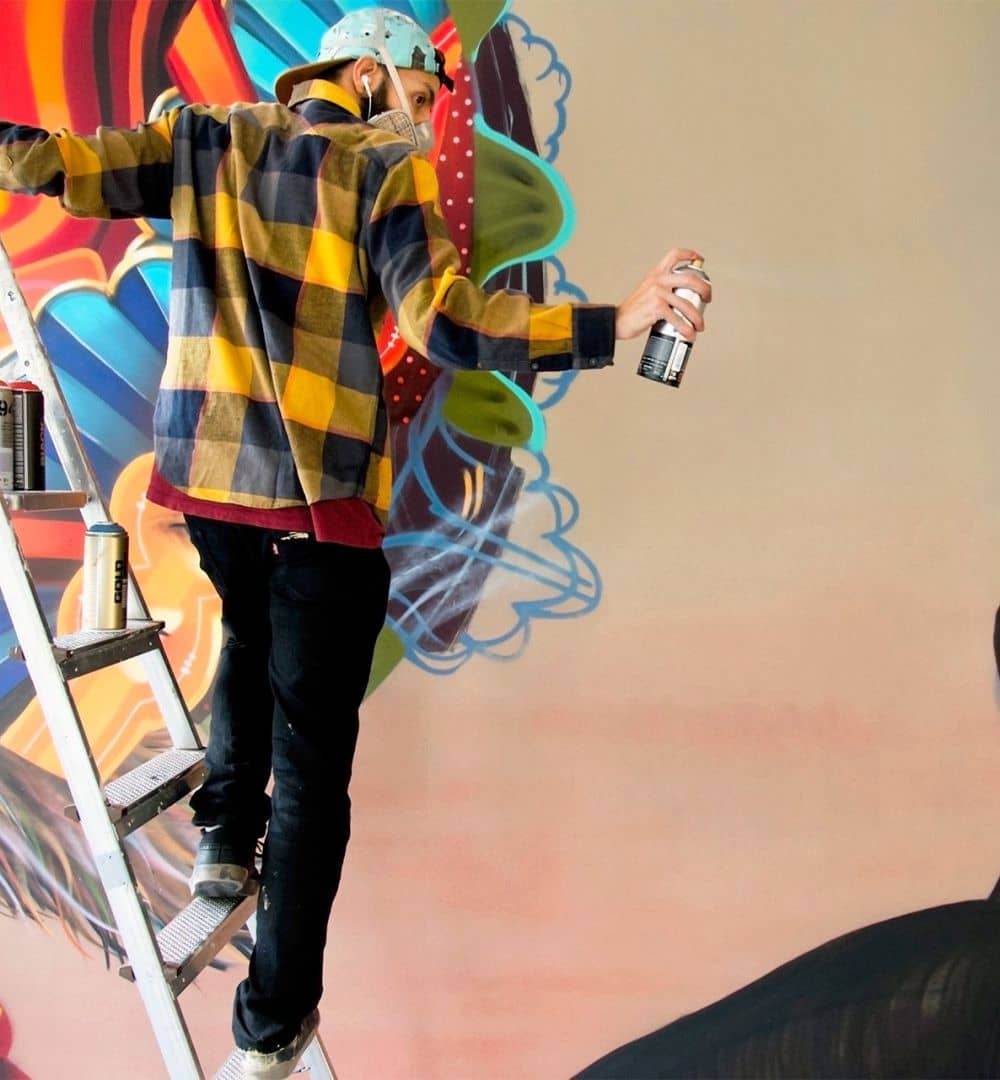
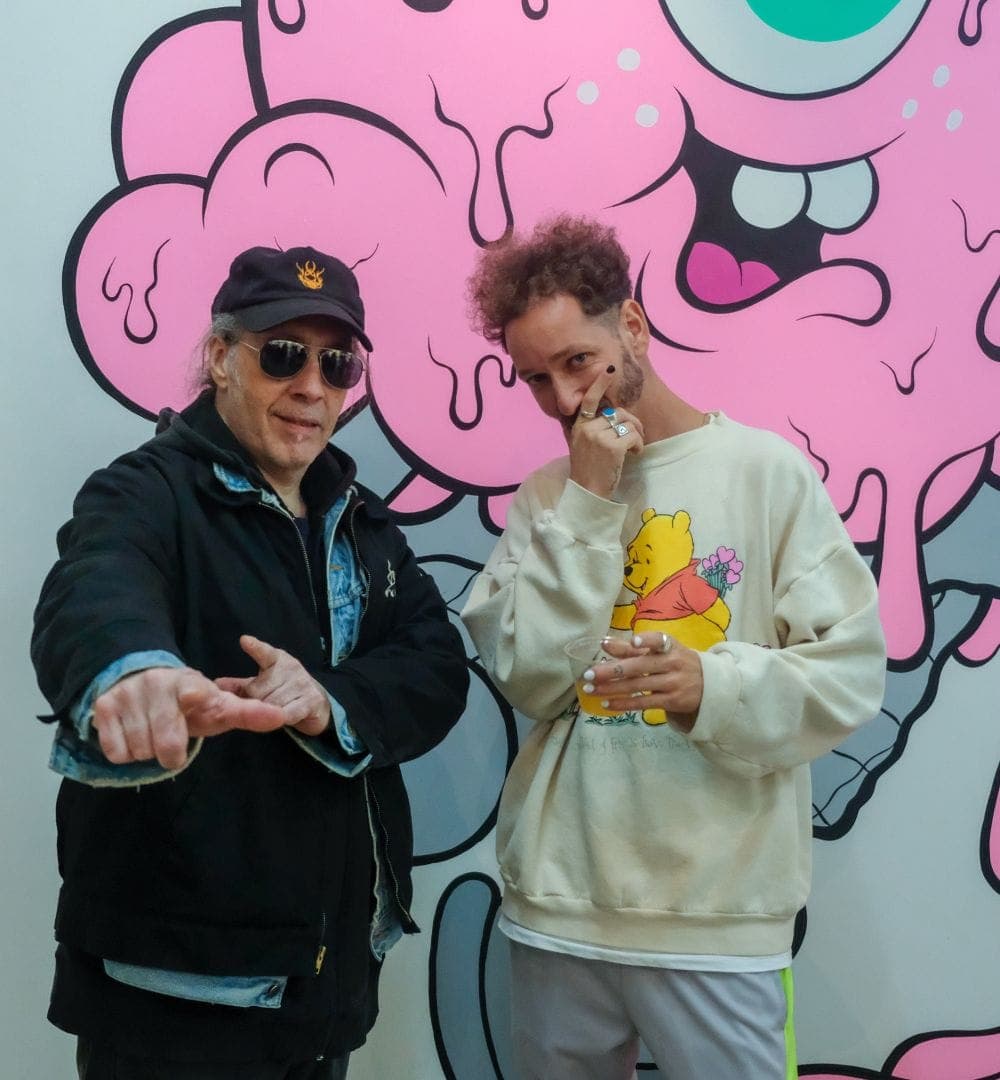
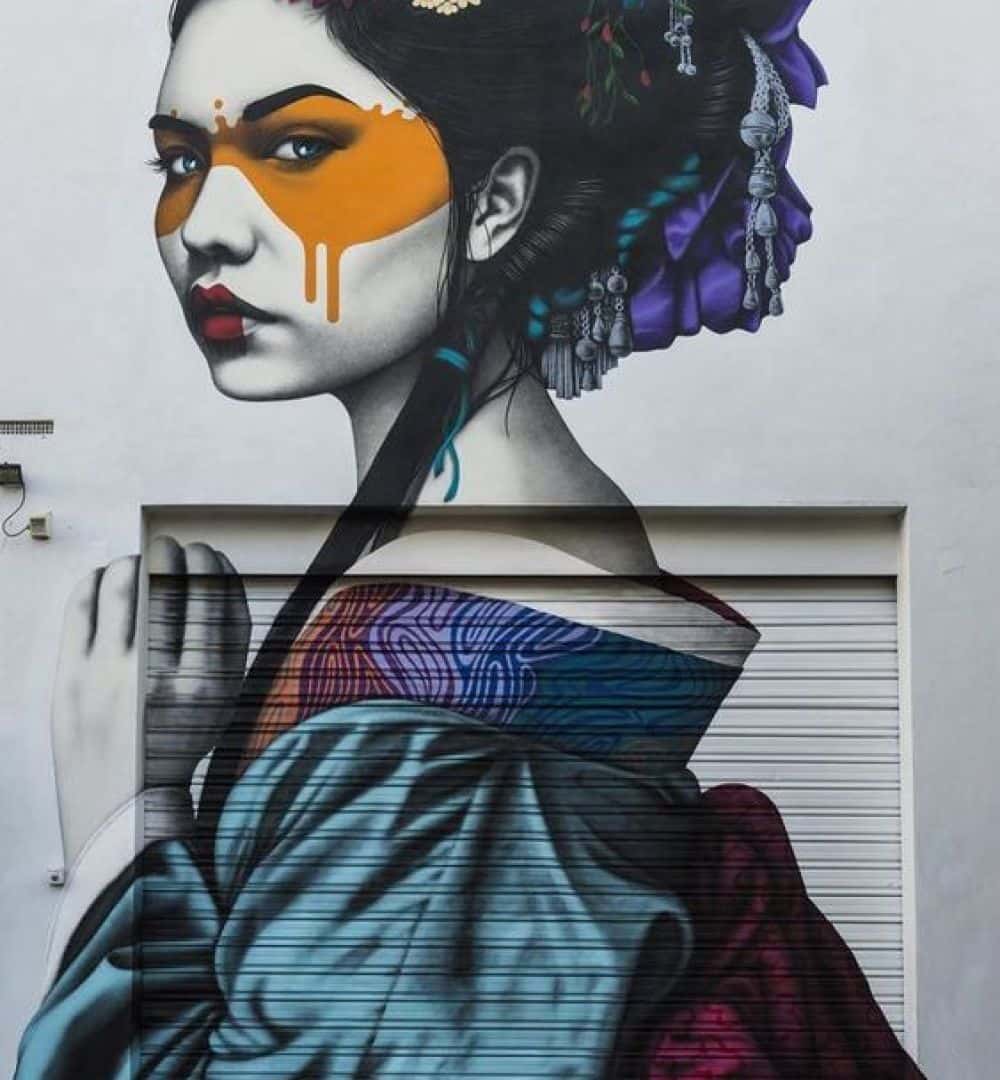

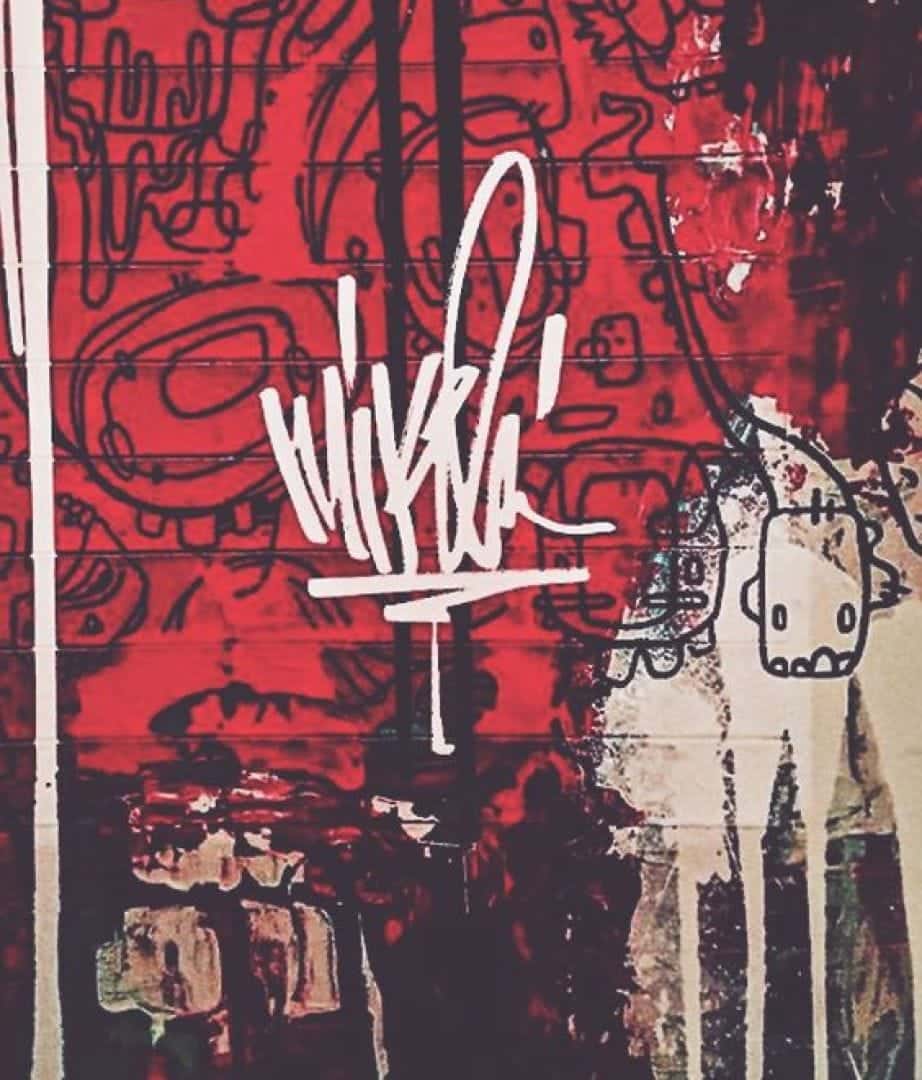
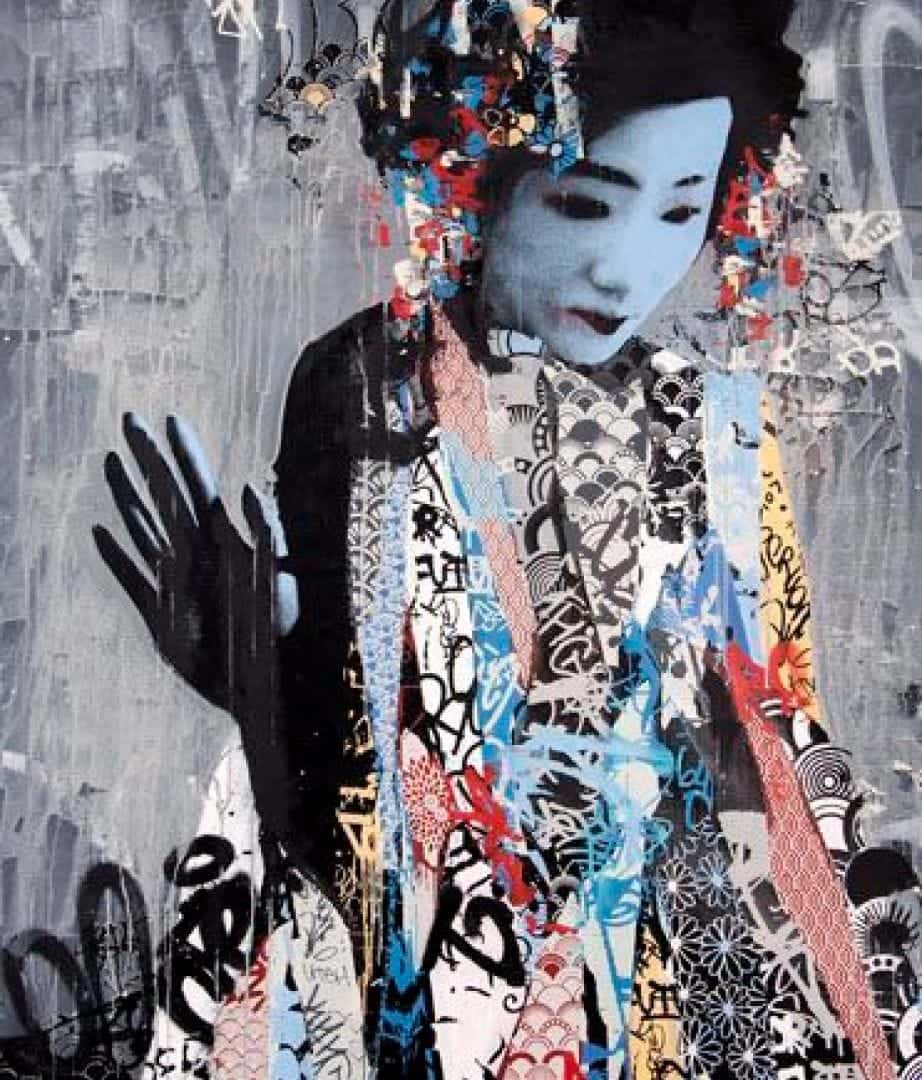
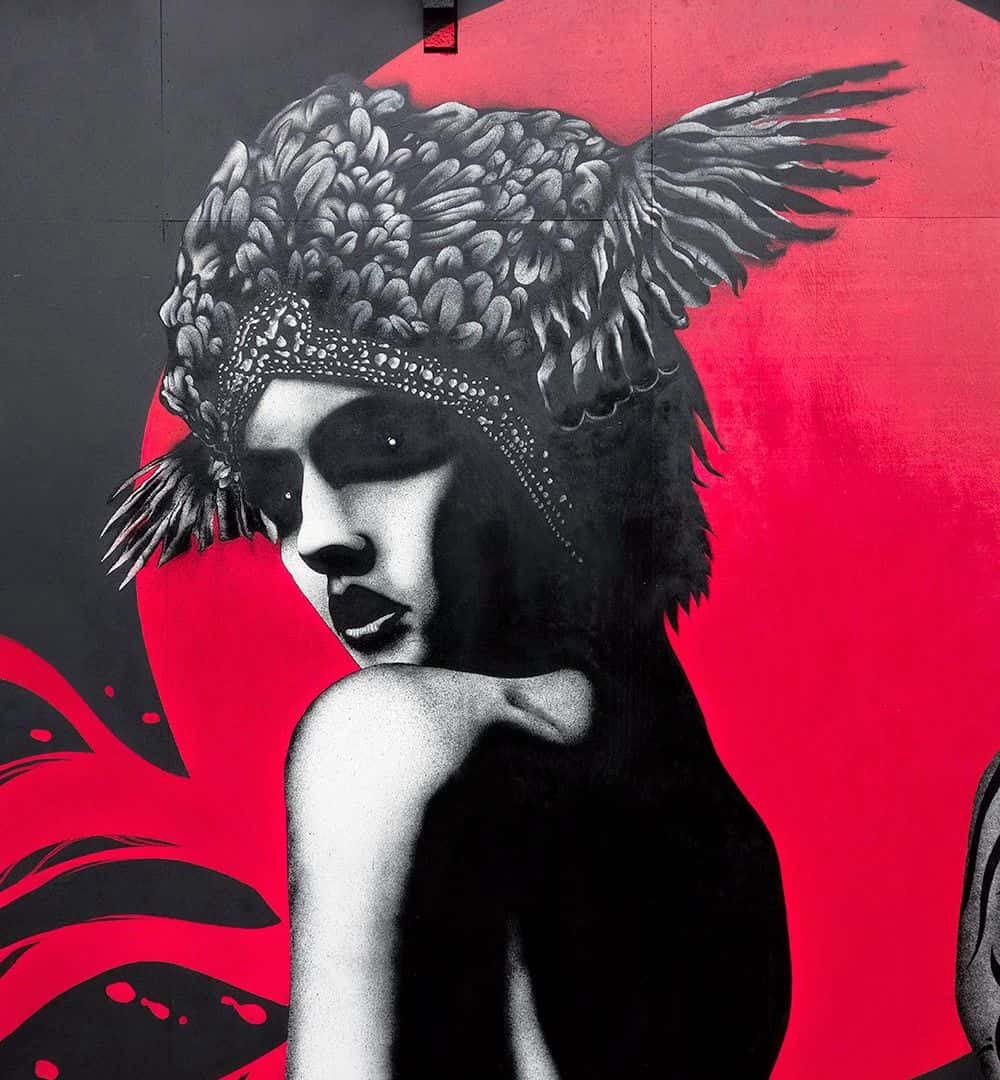
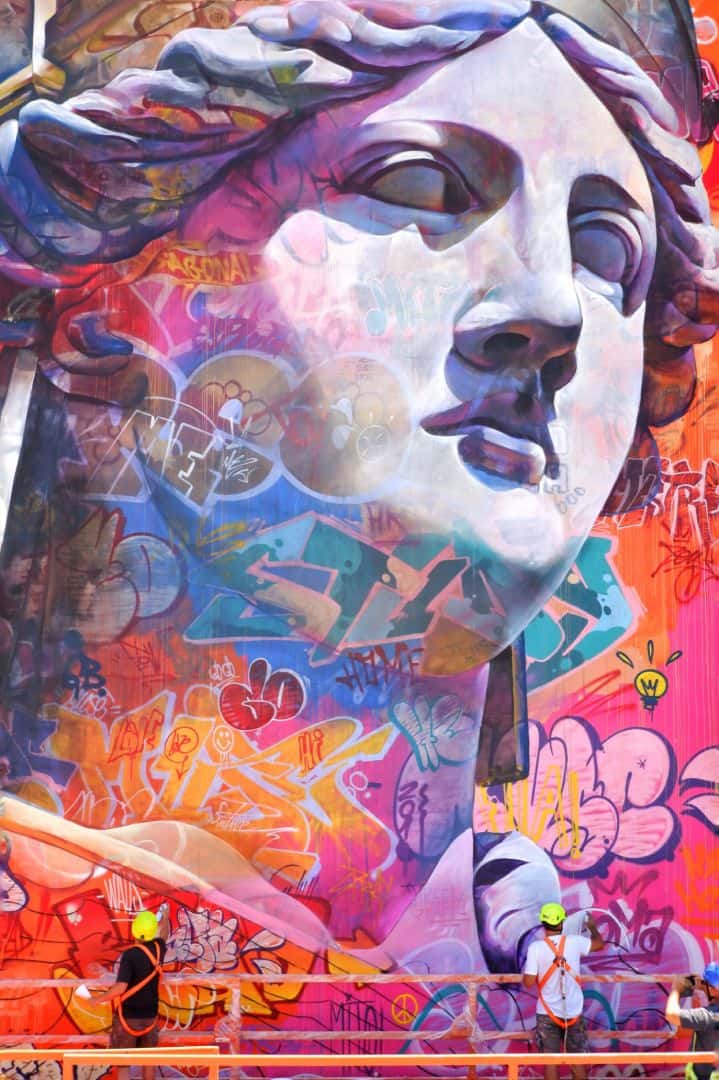


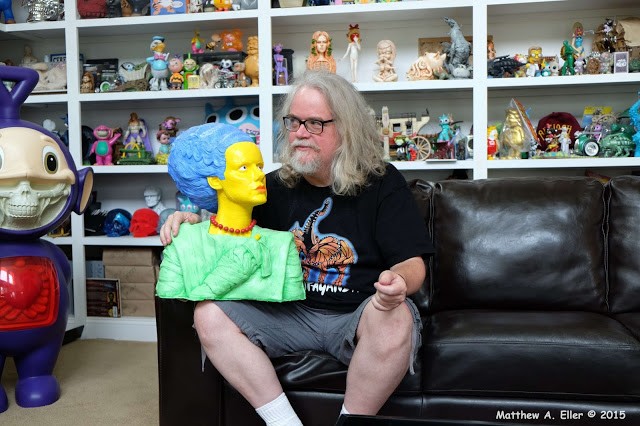













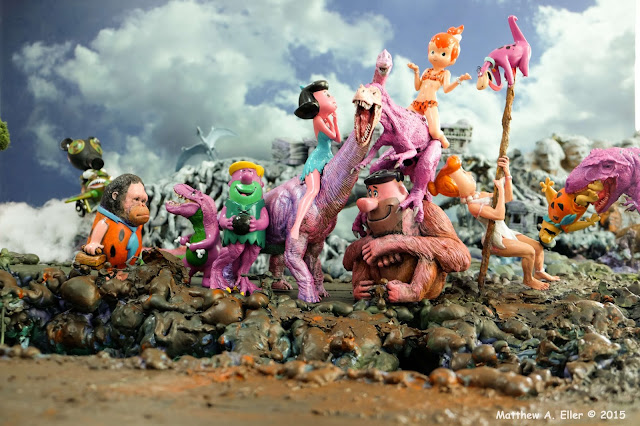
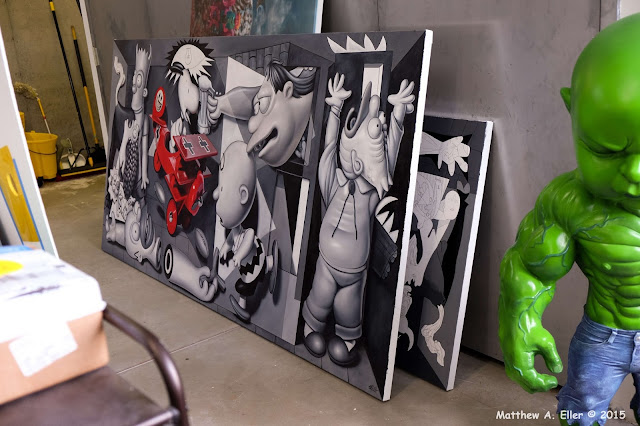

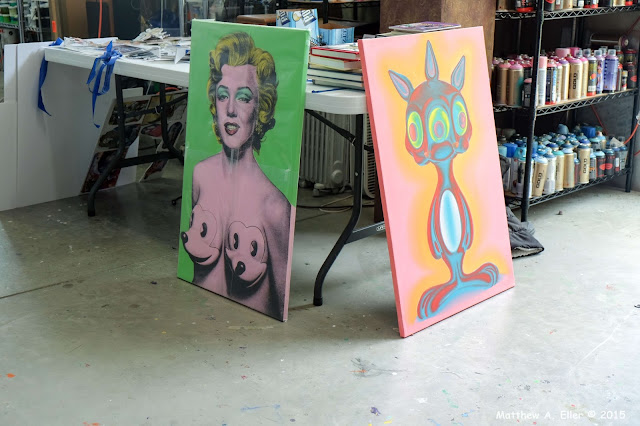


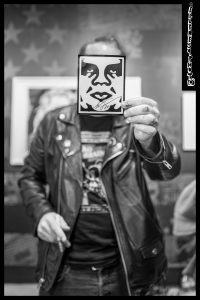
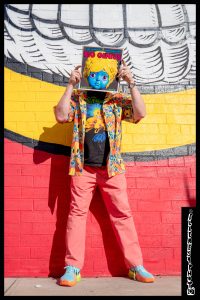
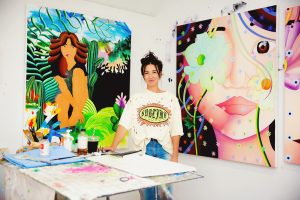


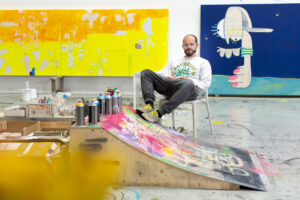
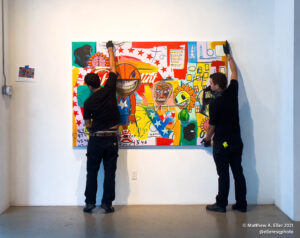
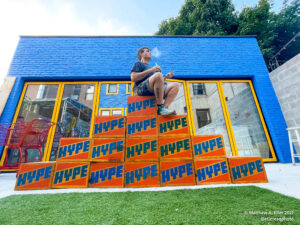
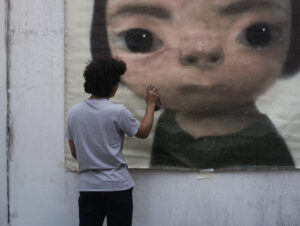
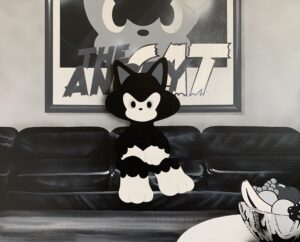
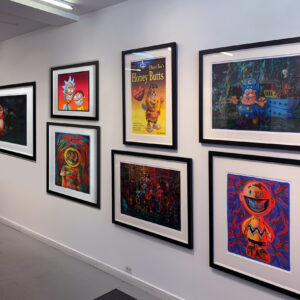
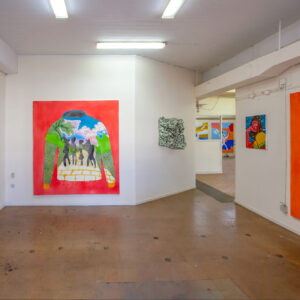
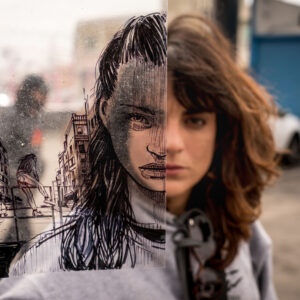


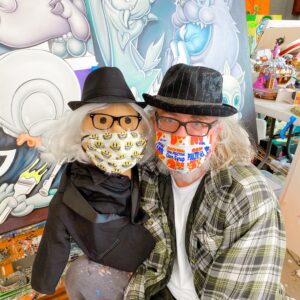
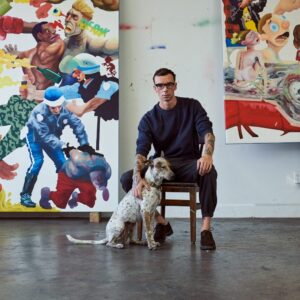
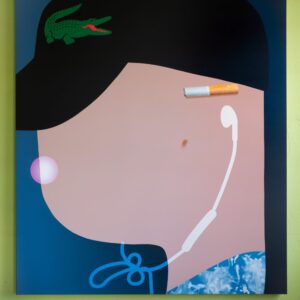
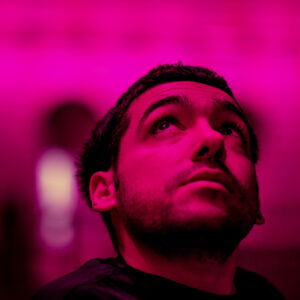
comment